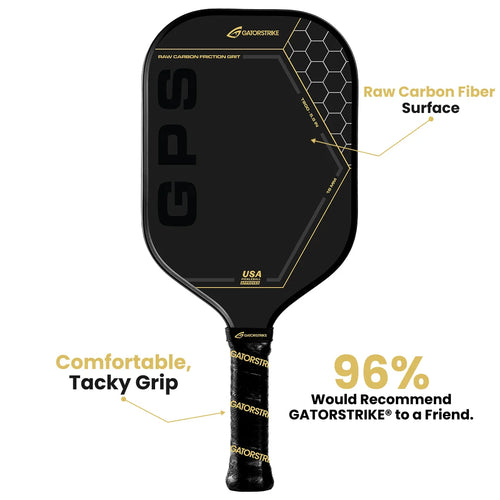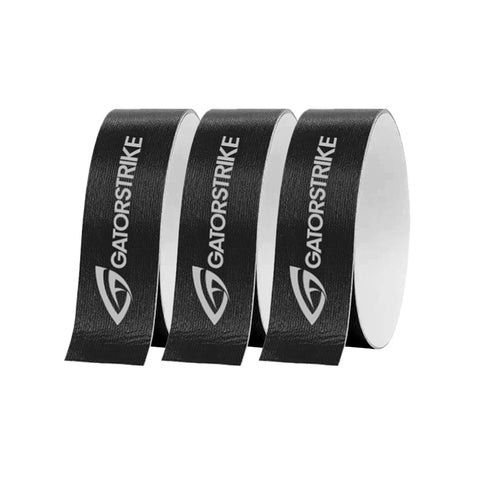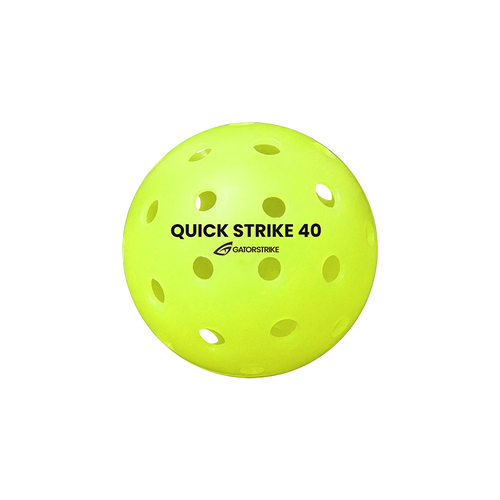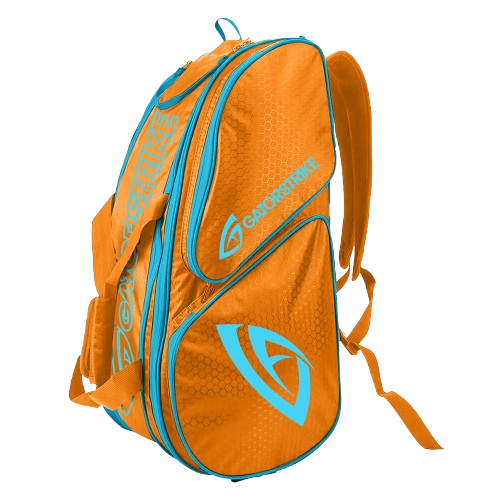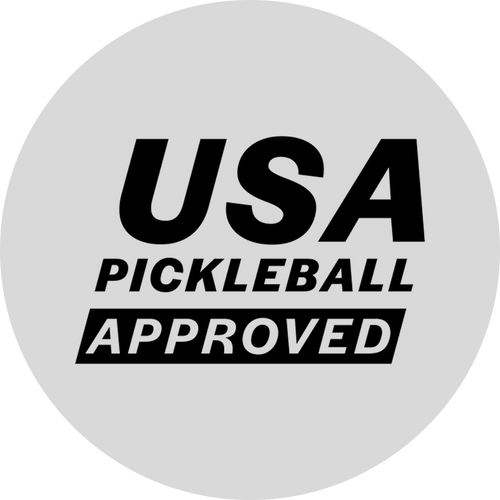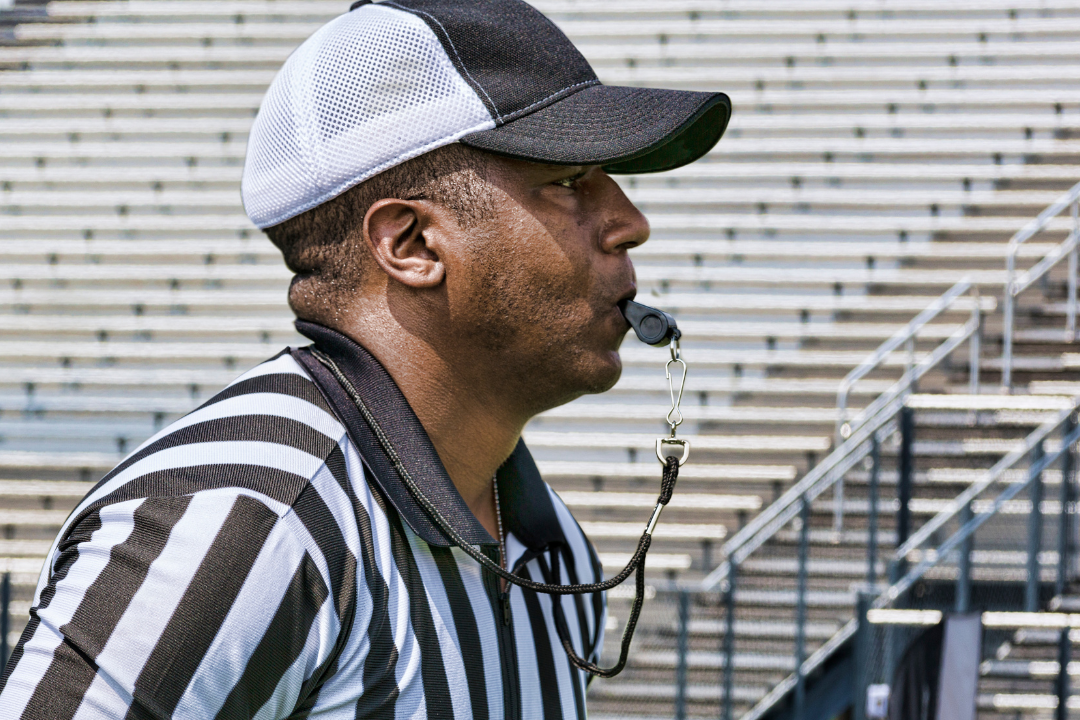
Rule Refresher: Who Really Makes the Call on Court?
Share
In pickleball, close calls and line judgments can stir up tension on the court, especially during intense rallies. Knowing who has the final say on a call helps maintain a fair and enjoyable match. Let’s break down the rules on making calls, so you can play with confidence and clarity.
1. Basic Line Call Rules
In recreational games, players are responsible for making line calls on their own side of the court. Fairness is paramount, so if a shot’s result is unclear, the benefit of the doubt should go to the opponent.
- In/Out Calls: If you see the ball clearly land out of bounds on your side, call it out. If unsure, give the point to your opponent.
- Letting Calls Stand: Avoid reversing decisions unless you’re absolutely certain of an error. A quick call improves trust and pace in the game.
2. The Role of Referees
In competitive or tournament play, referees are often present to make impartial line calls and rulings. However, players may still be expected to call on their own shots when a referee is not directly positioned to see specific line areas.
- Primary Referee: A head referee oversees the match, monitoring rule compliance and making calls if needed.
- Line Judges: When available, line judges assist the referee by focusing on boundary calls, which helps reduce disputes.
3. Player Etiquette in Call Disputes
Keeping your cool and showing respect when discussing calls is essential. Disagreements are inevitable, but they don’t have to turn sour. Openly communicate and, if necessary, replay the point to maintain sportsmanship and prevent extended disputes.
Conclusion
Whether you’re calling shots yourself or relying on officials, understanding who makes the final call keeps the game fair and enjoyable. Remember, honesty and clarity enhance every match, allowing players to focus on skill rather than sideline squabbles. So next time you’re in a close game, make the call with confidence and keep the rally rolling!
